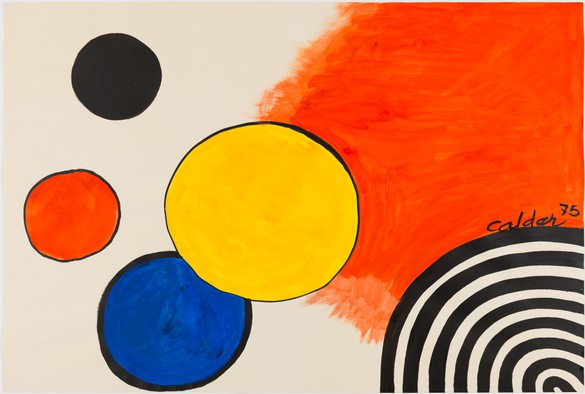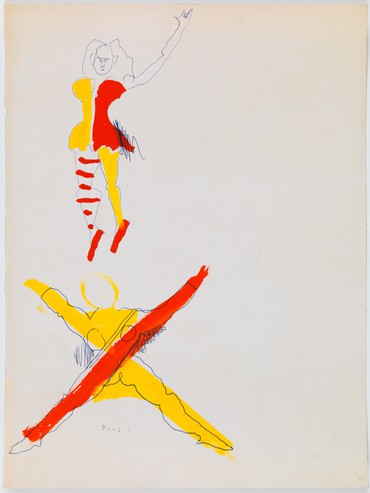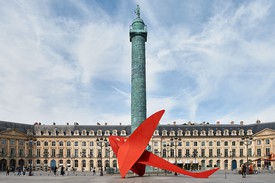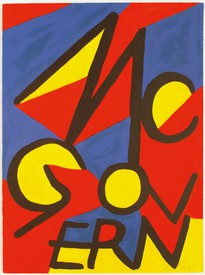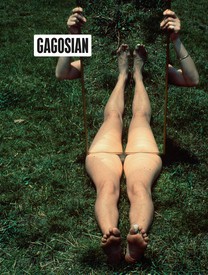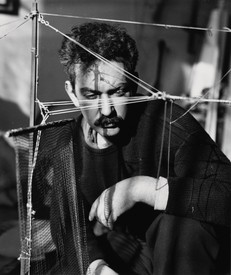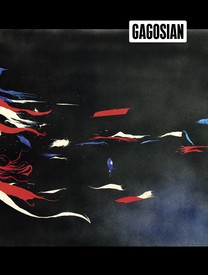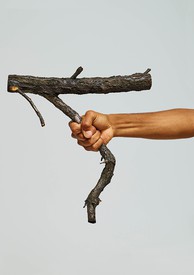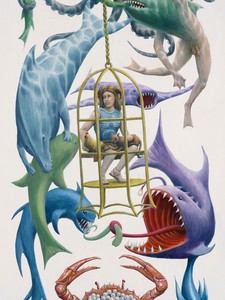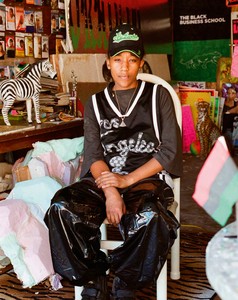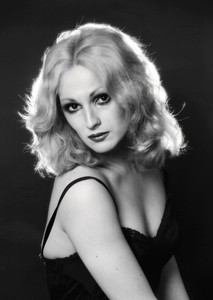
Derek Blasberg is a writer, fashion editor, and New York Times best-selling author. He has been with Gagosian since 2014, and is currently the executive editor of Gagosian Quarterly.
Alexander Calder (1898–1976) once said, “I paint with shapes.” While the American artist is best known for his suspended abstract mobiles, it is his two-dimensional works of art that comprise two shows at Gagosian galleries in New York and London. (The New York show, at 980 Madison Avenue, runs May 8–June 14; the London show, at 17–19 Davies Street, runs June 10–August 29.)
Focusing on works done in gouache on paper, which was Calder’s preferred two-dimensional medium, the exhibitions will feature works from the 1940s as well as larger-scale works Calder created at the end of his life. At the time of their creation, Calder was splitting his time between homes in the United States and France. According to Millicent Wilner, who organized the Gagosian shows, “the influence of Calder’s contemporaries can be seen in the gouaches as he delved further into modernism and abstraction. We see the simplicity of colors coming from Mondrian, the playfulness of form from Miró, who was a great friend of Calder’s, as well as traces of Surrealism in a number of works.”
The works in both exhibitions lend an insight into Calder’s working method, showing us not only how the artist came to create the mobiles and sculptures that have become synonymous with his name, but also how simple silhouettes informed his artistic vocabulary. While some of the works relate to completed and uncompleted structures, the gouaches exist as works of art in their own right. “They are perfect two-dimensional representations of Calder’s creative focus. His concern with primary color, abstraction, motion, and playfulness is evident,” says Wilner.
“The gouaches allowed him a much quicker, freer method of creation,” she observes. An integral part of Calder’s diverse and prolific oeuvre, these works reflect the ease with which the artist approached his creative process.
All artwork by © 2014 Calder Foundation, New York/Artists Rights Society (ARS), New York
